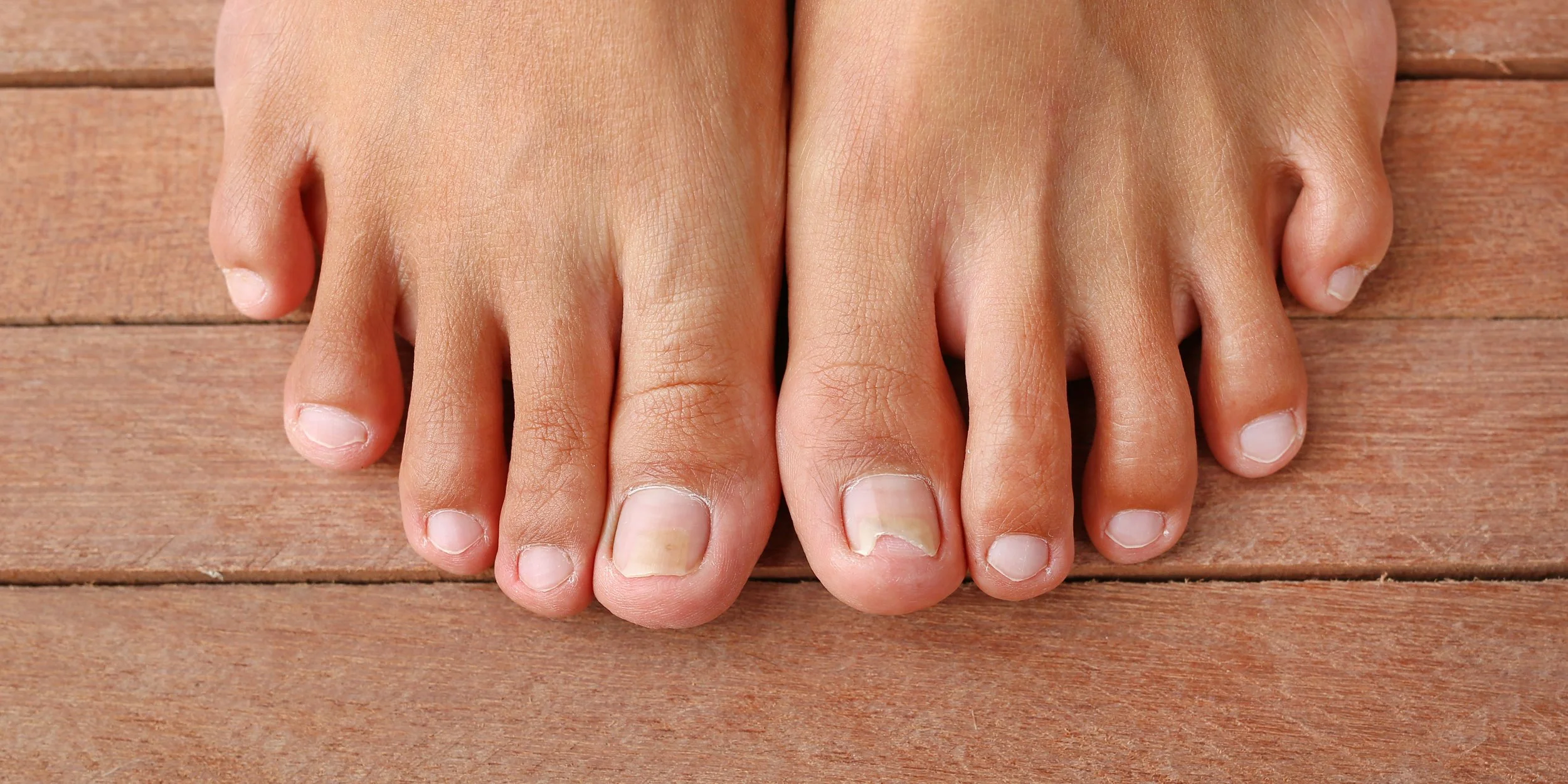Unveiling the Culprits: Where Does Toenail Fungus Come From?
Are your toenails plagued by a pesky and unsightly fungus? If so, you're not alone. Toenail fungus affects millions of people around the world, but have you ever wondered where this annoying ailment actually comes from? In this article, we delve into the hidden origins of toenail fungus, unveiling the culprits behind this common foot condition.
While many believe that poor hygiene is the main cause, research suggests that there are other factors at play. Fungal infections thrive in warm, moist environments, making sweaty shoes and public swimming pool areas prime breeding grounds for toenail fungus. Additionally, wearing tight-fitting shoes or socks can create the perfect conditions for fungus to flourish.
Understanding the origins of toenail fungus is vital not only for treatment but also for prevention. By identifying and addressing the root causes, you can take proactive steps to keep your feet fungus-free. So, join us as we uncover the hidden origins of toenail fungus and empower ourselves with the knowledge to combat this common foot condition.
Understanding Toenail Fungus
Toenail fungus is caused by a variety of fungal organisms, including dermatophytes, yeasts, and molds. These microscopic organisms thrive in warm, moist environments and can easily invade the nail bed through tiny cuts or separations between the nail and the nail bed. Once established, the fungus can be stubborn and difficult to eradicate.
Common Sources of Toenail Fungus
1. Public Places
Swimming Pools and Locker Rooms: These areas are prime breeding grounds for fungi. The combination of dampness and warmth creates an ideal environment for fungal growth.
Shared Showers: Gyms, dormitories, and public pools often have communal showers, which can harbor fungi if not properly sanitized.
2. Footwear and Hygiene
Tight or Non-Breathable Shoes: Shoes that do not allow air circulation can trap moisture, making your feet a perfect target for fungal infections.
Sweaty Feet: Excessive sweating can create a moist environment that promotes fungal growth.
Infrequent Foot Washing: Neglecting to wash and thoroughly dry your feet can lead to fungal infections.
3. Direct Contact
Infected Surfaces: Walking barefoot on contaminated surfaces can introduce fungi to your feet.
Person-to-Person Transmission: Sharing personal items like towels, nail clippers, or shoes with someone who has a fungal infection increases your risk.
4. Nail and Skin Conditions
Nail Injuries: Trauma to the nail can create openings for fungi to enter.
Skin Conditions: Conditions like athlete’s foot can spread to the toenails if not treated promptly.
Risk factors for toenail fungus
Certain factors can increase the likelihood of developing toenail fungus:
Age: Older adults are more prone to toenail fungus due to reduced blood circulation and slower nail growth.
Medical Conditions: Conditions such as diabetes, weakened immune systems, and circulatory problems can make individuals more susceptible.
Genetics: A family history of fungal infections can increase your risk.
Prevention Tips
Practice Good Foot Hygiene
Wash your feet daily with soap and water.
Dry your feet thoroughly, especially between the toes.
2. Choose the Right Footwear
Opt for shoes made of breathable materials.
Wear moisture-wicking socks and change them regularly.
Avoid wearing the same pair of shoes every day to allow them to dry out completely.
3. Protect Your Feet in Public Areas
Wear shower shoes or flip-flops in communal showers, locker rooms, and around pools.
4. Avoid Sharing Personal Items
Use your own towels, nail clippers, and shoes.
5. Maintain Healthy Nails
Trim nails regularly and keep them clean.
Be cautious with nail salons; ensure they follow proper sanitation practices.
FAQ about Toenail Fungus
Q: How can I tell if I have toenail fungus?
A: Common signs include discoloration (yellow, white, or brown nails), thickening, brittleness, and crumbling edges. If you notice any of these symptoms, it's best to consult a healthcare professional for a diagnosis.
Q: Can toenail fungus spread to other parts of my body?
A: Yes, toenail fungus can spread to other nails and skin areas, especially if left untreated. It's important to address the infection promptly to prevent it from spreading.
Q: How long does it take to get rid of toenail fungus?
A: Treatment duration can vary depending on the severity of the infection and the chosen treatment method. It can take several months to a year for the nail to fully recover, as healthy nail growth gradually replaces the infected nail.
Q: Can I wear nail polish if I have toenail fungus?
A: It's generally not recommended to wear nail polish during treatment, as it can trap moisture and worsen the infection. If you must use nail polish, opt for antifungal nail polishes specifically designed to treat the infection.
Conclusion
Toenail fungus may be a common issue, but it is preventable with the right precautions. By understanding where it comes from and taking steps to protect your feet, you can reduce your risk of infection. If you do notice signs of toenail fungus, such as discoloration, thickening, or crumbling of the nails, seek treatment promptly to prevent it from worsening. Healthy feet are happy feet, so take care of them and keep fungal infections at bay!










